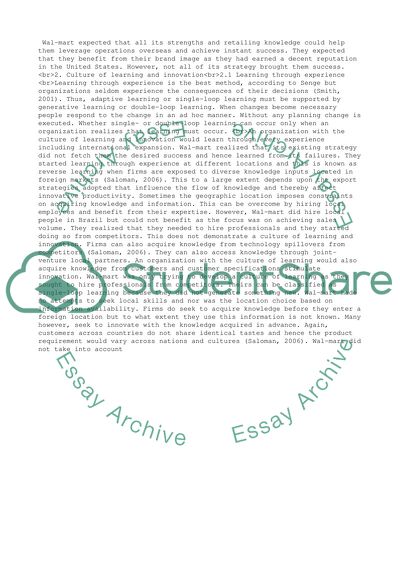Cite this document
(“Walmart. An Emerging International Giant Essay Example | Topics and Well Written Essays - 4500 words”, n.d.)
Retrieved from https://studentshare.org/business/1427228-walmart-an-emerging-international-giant
Retrieved from https://studentshare.org/business/1427228-walmart-an-emerging-international-giant
(Walmart. An Emerging International Giant Essay Example | Topics and Well Written Essays - 4500 Words)
https://studentshare.org/business/1427228-walmart-an-emerging-international-giant.
https://studentshare.org/business/1427228-walmart-an-emerging-international-giant.
“Walmart. An Emerging International Giant Essay Example | Topics and Well Written Essays - 4500 Words”, n.d. https://studentshare.org/business/1427228-walmart-an-emerging-international-giant.


